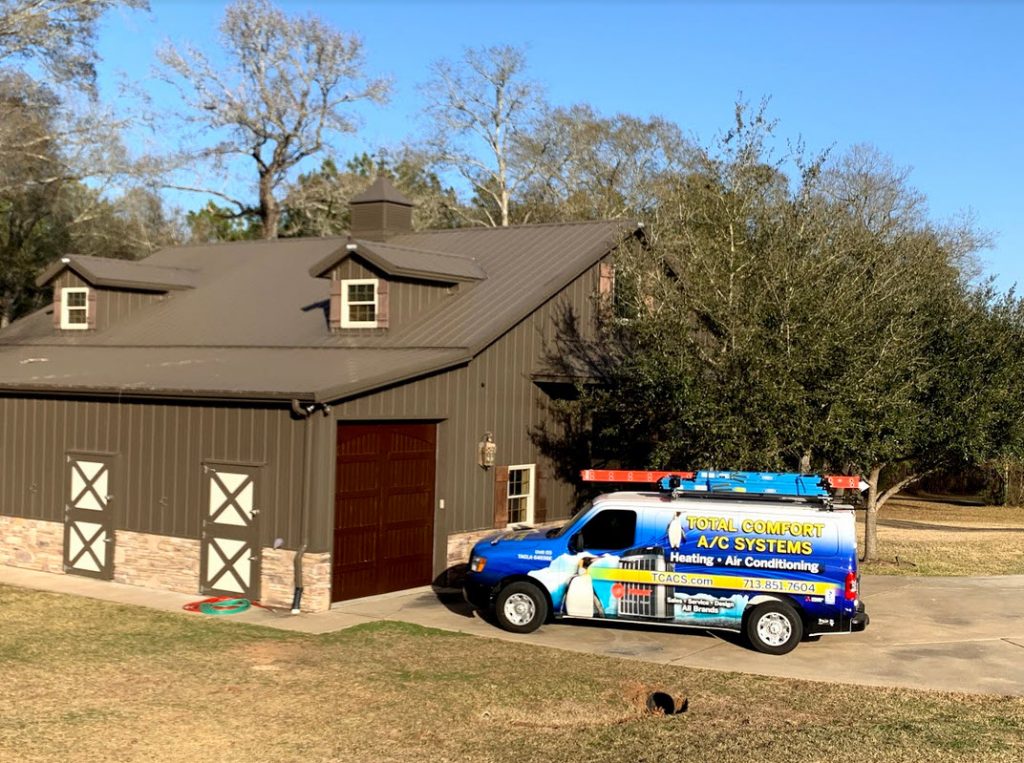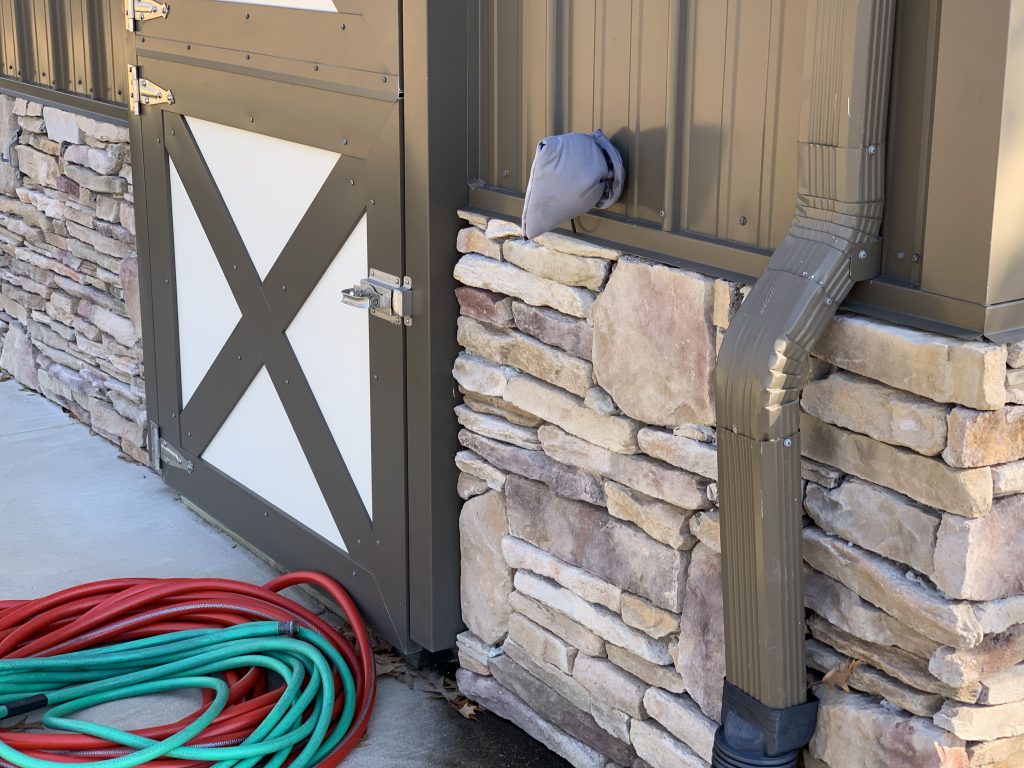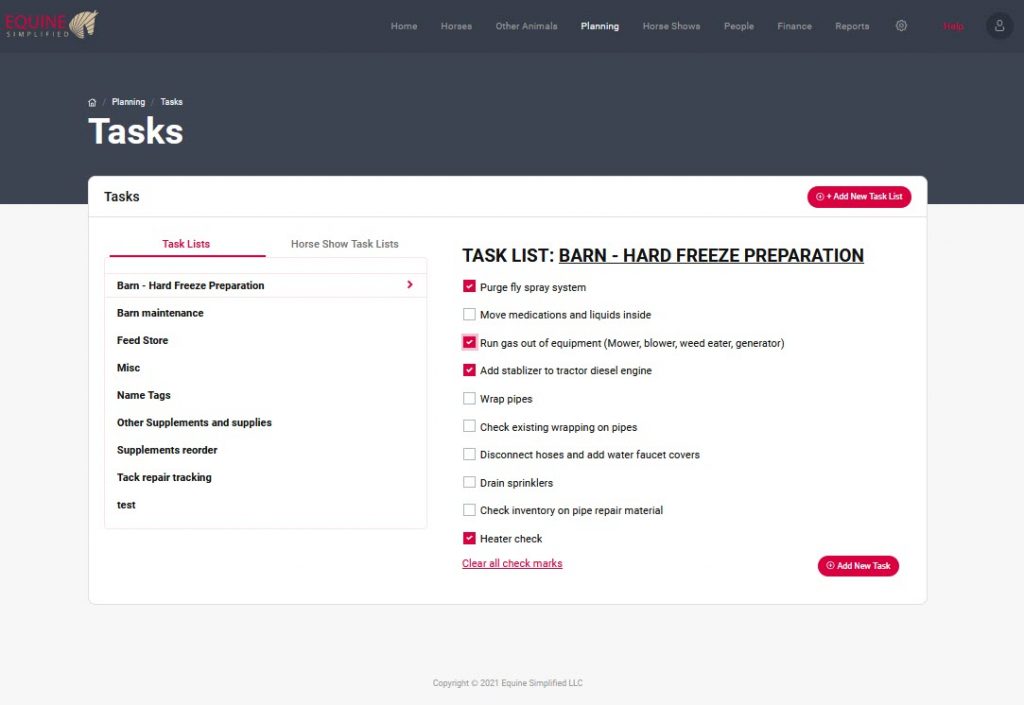- amp draws
- gas pressure
- flame sensors
- proper flame
- cleanliness of burners
- visual inspection of the heat exchanger to make sure no CO is entering the air stream
- all safety limits



I read an article last week from US Equestrian about 10 tips for Winterizing the Barn. I quickly clicked on the links to see if I was missing anything in my planning or could do better. Unfortunately, that article was clearly not written by someone that had to deal with true winter problems. Although the tips suggested generally good barn practices, they would not help me prevent the catastrophe that comes from impending hard freezes.
Thus, I decided to share my list with you. Although winter is here, many parts of the country still have not had a hard freeze. If you live in a climate where a freeze will come, get prepared now. Taking these steps today will save you an incredible amount of time and money later.


I use my task list to make sure I have everything done. My husband or I can check off the items…so we work together to knock out this list. Once done, I can quickly clear the list and keep it handy for the next freeze.
I would like to give you a gift. See how easy it is to keep everything on track and running smoothly. Get my 15 day free-trial, and start winterizing your barn.

As I stated, this checklist covers my activities for winterizing my barn. What else do you do? I would love to hear from you. Email me at [email protected] and I will keep this list growing and sharing with everyone!
I am open to spend some 1:1 time with you, show you how easy it is to get going with all your tasks and reporting with a paperless environment. To learn more, visit the Equine Simplified website.